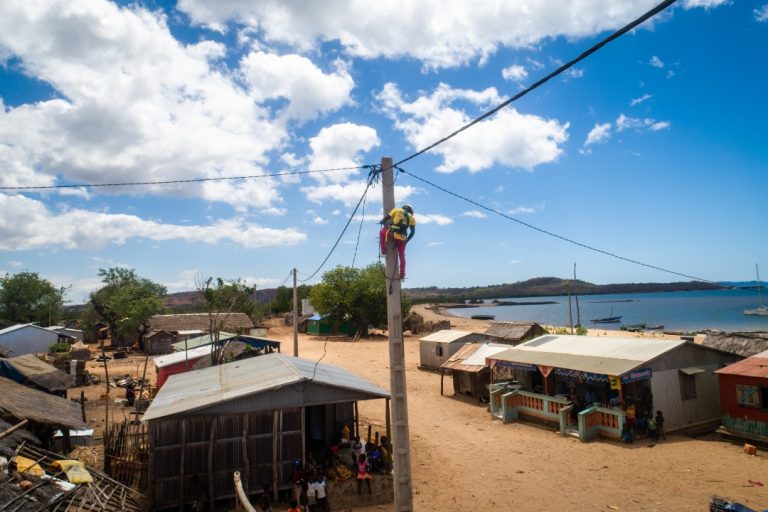Originally published on Linkedin, May 29, 2020. By Camille André-Bataille, CEO and Co-founder ANKA.
An experimental ag-energy nexus business model for increasing Energy Access impacts
Mini-grid models continue to find their way. What if a model combining agricultural development and energy access could help move this industry from “selling rural electrons” to “creating rural wealth”?
Mini-grids are a major component of the energy access solutions, but for reasons ranging from basic unit economics to the readiness of national policy and regulatory environments, they remain challenging investments. At ANKA Madagascar, we have been struggling with this observation for the past years. After deploying several mini-grids and learning from experience in the field, we asked ourselves if there wasn’t a missing link in our thinking. What if we missed an unexplored, though challenging and potentially relevant path?
As early as 2018, we began to investigate the problem from a new angle. The majority of the conversation in the mini-grid industry focused on reducing the weighted average cost of capital (WACC) for mini-grid investors; that cheaper financing and/or reduced project development costs would improve the viability of the investment in mini-grids and encourage more global investment. However, we decided to focus on the main objective of our approach: enabling rural populations to use electricity as a lever to create wealth that would emancipate them. This is what we believe will enable our projects to be sustainable in the long run.
Our idea was to then tighten the integration of mini-grids with commercial agribusiness operations to improve the economics and social impact of modern mini-grid investments: this is the AgriGrid model. It relies on the rationale that because an AgriGrid operator provides access to market for a community’s food & agricultural products, rural household and micro-enterprise incomes increase. Over time, as community export revenue increases, the purchasing power of customers connected to the mini-grid also increases, resulting in healthier and increased revenue generation for the mini-grid operator (as compared to a Business as Usual scenario). Coupled with agribusiness margins, the performance and sustainability of the investment is improved.
Thanks to the support of the Enaccess Foundation, ANKA Madagascar was able to focus its research and investigate, identify, and create a concrete AgriGrid investment opportunity to be piloted and assessed for future replication in Madagascar and throughout Africa. We believe that modern mini-grid companies bring valuable resources and capabilities to rural communities and are well positioned to deliver lasting economic impact beyond what is derived from electricity access alone. That is why we built a set of tools to help any mini-grid developer assess the opportunity and benefit of the AgriGrid model in their pipeline.

Among the open source tools we have developed, you will find three key tools: a Concept Note, a Financial Modeling Report and a Toolkit.
· The Concept Note describes the rationale and commercial logic behind AgriGrid. It gives references and comments on the context, the needs, the opportunities and the case study we worked on in Madagascar to illustrate the concept.
· The Financial Modeling Report is applied to our case study in Madagascar and helps the reader understand how to build a financial model and assess the economic viability of the AgriGrid concept.
· The Toolkit – or sort of “cookbook” – aims to show you the way, guide you through all the key steps and give you advice on how to move forward. In addition, we’ve added examples of what we’ve done and created a free space for you to start the adventure yourself.
Of course, ANKA’s work is not finished. We have identified limits, but also new opportunities. Today, we continue to move forward and are working on a whole new agricultural value chain for one of our projects in Northern Madagascar.
If you want to get started, you can access the Concept Note, the Financial Modeling Report and the Toolkit on the Enaccess Foundation website. Join the AgriGrid team and spread the word: mini-grids are still surprising and innovative!
